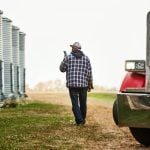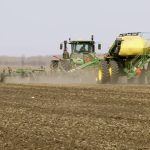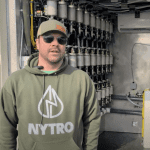

Manitoba Crop Report: Rains not enough to curb dryness
Some areas receive deluge; others still dry

Why post-drought pasture management matters for beef farmers
Knowing how perennial plants function can help producers make better decisions

How farmers and ranchers can manage a gopher boom
Ranchers and farmers have fewer options for controlling gophers, but encouraging predators and managing the environment may help

Drought preparation is better than reaction
News Roundup from the June 2025 issue of Canadian Cattlemen

Comment: Trying to keep ahead of the fire

Reintroducing fire to Saskatchewan pastures
Prescribed burns can be effective at revitalizing native grasslands when done right

VIDEO: Doing the math on cattle grazing
Depth of Field with Kelly Sidoryk

A case study of lupines and crooked beef calves
Vet Advice with Dr. Ron Clarke

Virtual fencing for beef cattle gains momentum in Canada
With virtual fencing companies gaining steam, it is important to know the work that is being done in Canada
With virtual fencing companies gaining steam, it is important to know the work that is being done in Canada
Virtual fencing is growing rapidly as more companies are sprouting up with variations of the technology and more trials are happening across the country. For producers interested in adopting virtual fencing, understanding the differences between technologies, Canadian research and associated costs is crucial. Vence In 2022, the Saskatchewan Stock Growers Association were looking for a […] Read more



